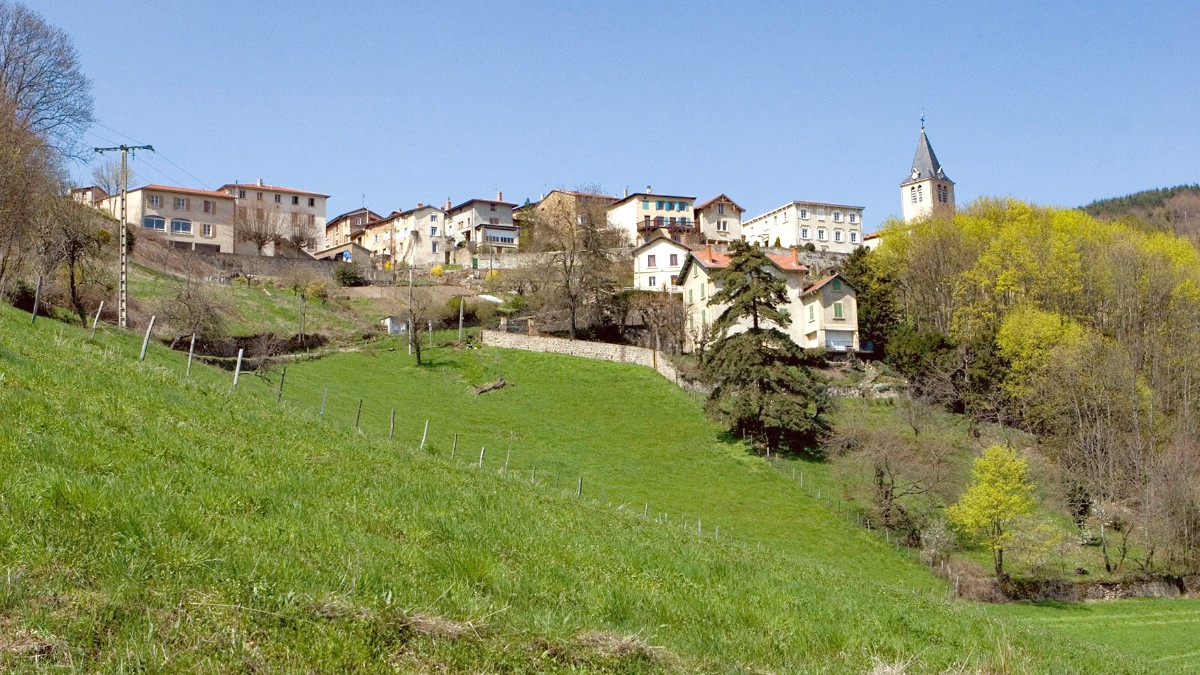
France
Exploring the 10 Beaujolais Crus is a core part of any visit. Each Cru village (Morgon, Fleurie, Brouilly, Moulin-à-Vent, Juliénas, Chénas, Chiroubles, Côte de Brouilly, Régnié, Saint-Amour) possesses its own distinct character and produces a specific style of Beaujolais wine. Information centers are often available in larger Cru villages.
Most wineries within these villages welcome visitors for tastings. Plan to visit several Crus for wine and landscape diversity. Many smaller, family-run domains provide tastings if you purchase bottles. Consider calling ahead, especially for smaller producers, to arrange a tasting. Drive through the vineyards between villages to absorb the scenery.
The park features extensive tours, interactive exhibits, wine tastings, and a miniature train ride. Allow at least half a day. For general understanding of wine, consider a Wine guide book.
This sub-region in southern Beaujolais features villages constructed from golden-hued limestone, which glows warmly in sunlight.
Listed as one of "Les Plus Beaux Villages de France," a medieval fortified village with narrow cobbled streets and artisan shops.
Other charming golden stone villages for exploring their unique architecture and peaceful atmosphere.
Many small, historic Romanesque churches are spread across the Beaujolais landscape, showing the region's medieval past. Noteworthy in Avenas and Salles-Arbuissonnas.
Several other historic châteaux (many private residences) add to the region's historical heritage and are visible from roads.
Beaujolais’ natural beauty is as captivating as its wines, presenting diverse landscapes for exploration.
Rolling hills to the west of the vineyards mark the region's western boundary. They present extensive hiking trails, dense forests, and countless panoramic viewpoints. The highest point, Mont Saint-Rigaud (1,009m), furnishes expansive views on clear days.
Forming the eastern border of Beaujolais, the Saône River furnishes opportunities for leisurely riverside walks and cycling on dedicated paths. It adds a peaceful, watery element to the landscape.
The main natural attraction. The vineyards are beautiful at any time of year, transforming with the seasons. Walking or cycling through the vineyards is an activity.
This area, mainly the Beaujolais Mountains, stands ideal for outdoor enthusiasts, with lush forests and varied terrain.
Numerous spots throughout the mountains and vineyards present expansive views, perfect for photography and enjoying the scenery.
The landscape changes dramatically with each season, from spring greens to golden autumn hues and snowy winter scenes.
Venture off the main tourist paths to discover some of Beaujolais’ lesser-known treasures.
Seek out smaller, independent family-run vineyards for intimate and personal tasting experiences, often meeting the winemaker directly.
Follow these well-marked scenic wine routes to discover countless small villages, hidden viewpoints, and picturesque winding roads.
While Oingt draws many visitors, exploring other 'golden stone' villages like Ternand or Bagnols presents a similarly charming experience with fewer crowds. These villages often hold small local cafes or artisan shops.
Beaujolais presents many attractions, from vineyards to historical sites. Planning your visits can enhance your experience.
Consider purchasing attraction tickets or tours in advance to secure availability, particularly during peak times or for popular experiences. GetYourGuide (Getyourguide.com) is an excellent resource for booking tickets and tours.
Many wineries welcome visitors for tastings, especially the smaller, family-run domains. A call ahead to arrange a tasting is sometimes advisable.
The Pierres Dorées region offers unique architecture and charming medieval villages. Romanesque churches dot the landscape, showing medieval past.
The Beaujolais Mountains and the Saône River present ample opportunities for hiking, cycling, and enjoying nature.
Hameau Duboeuf offers an engaging and educational experience about wine for all ages, including interactive exhibits and a miniature train.
Venture off the main tourist paths to discover some of Beaujolais’ lesser-known treasures.
While Oingt draws many visitors, exploring other 'golden stone' villages like Ternand or Bagnols presents a similarly charming experience with fewer crowds.
These spots offer a more authentic and quiet visit away from larger groups.
Instead of only visiting the larger, well-known wine houses, seek out smaller, independent family-run vineyards (domains or caveaux).
Ask local hosts or look for signs along vineyard roads for these hidden gems.
Following these well-marked scenic wine routes permits discovery of countless small villages, hidden viewpoints, and picturesque winding roads.
These routes facilitate spontaneous discoveries and immersive experiences.
For popular attractions and tours, considering advance booking via GetYourGuide (Getyourguide.com) helps secure your spot.
Utilize local tourist offices for current event listings and detailed maps of hiking trails and wine routes.
Embrace the relaxed pace of the region, allowing for spontaneous discoveries and unhurried enjoyment of both well-known and hidden sites.